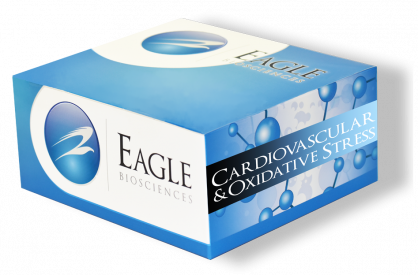Rat tPA Active ELISA Assay
The Rat tPA Active ELISA Assay isFor Research Use Only
Size: 1 x 96 wells
Sensitivity: 0.05 ng/ml
Dynamic Range: 0.05 – 10 ng/ml
Incubation Time: 2 hours
Sample Type: Biological Fluids
Sample Size: 100 µl
Product Developed and Manufactured in the USA
Assay Principle
This Rat Tissue-type Plasminogen Activator (tPA) Active ELISA Assay kit (Enzyme-Linked Immunosorbent Assay) is for the quantitative analysis of active tPA levels in biological fluid. This test kit operates on the basis of sandwich ELISA where free, active, tPA enzyme complexes with PAI-1 and is quantified with the use of an HRP labeled secondary antibody. First the biotinylated PAI-1 binds to the avidin coated wells. Next, active tPA present in the standard or unknown, complexes with PAI-1. Inactive or complexed tPA is removed in a subsequent wash step. A primary antibody specific for tPA is then added to each well followed by the HRP conjugated secondary antibody. The bound conjugated secondary antibody is detected by the addition of substrate, which generates an optimal color after 10 minutes. Quantitative test results may be obtained by the measure and comparison of the sample and standard absorbance readings when read with a microplate reader at 450 nm.
Related Products
Rat tPA Total ELISA Assay
Mouse tPA Active ELISA Assay
Human tPA Activity ELISA


